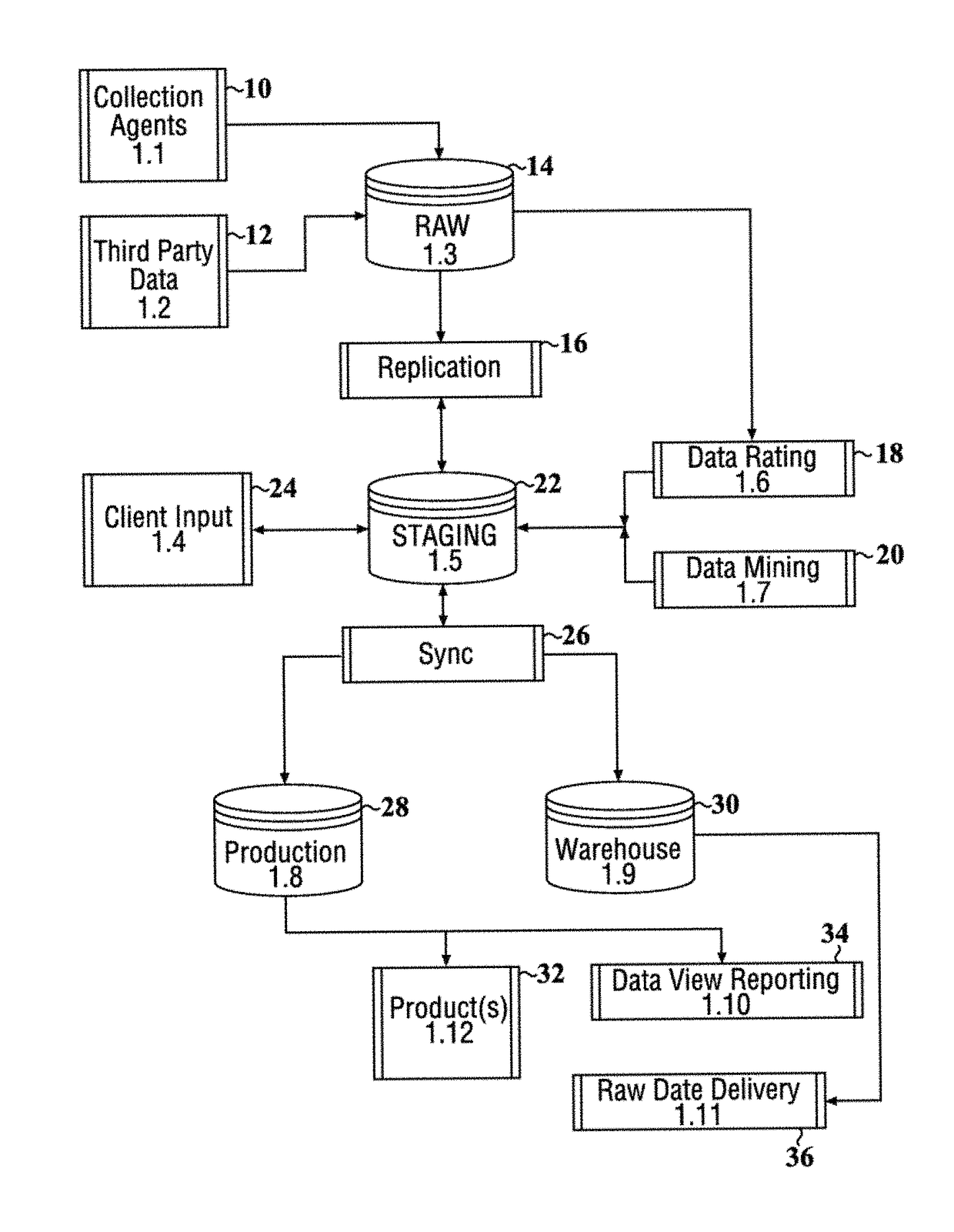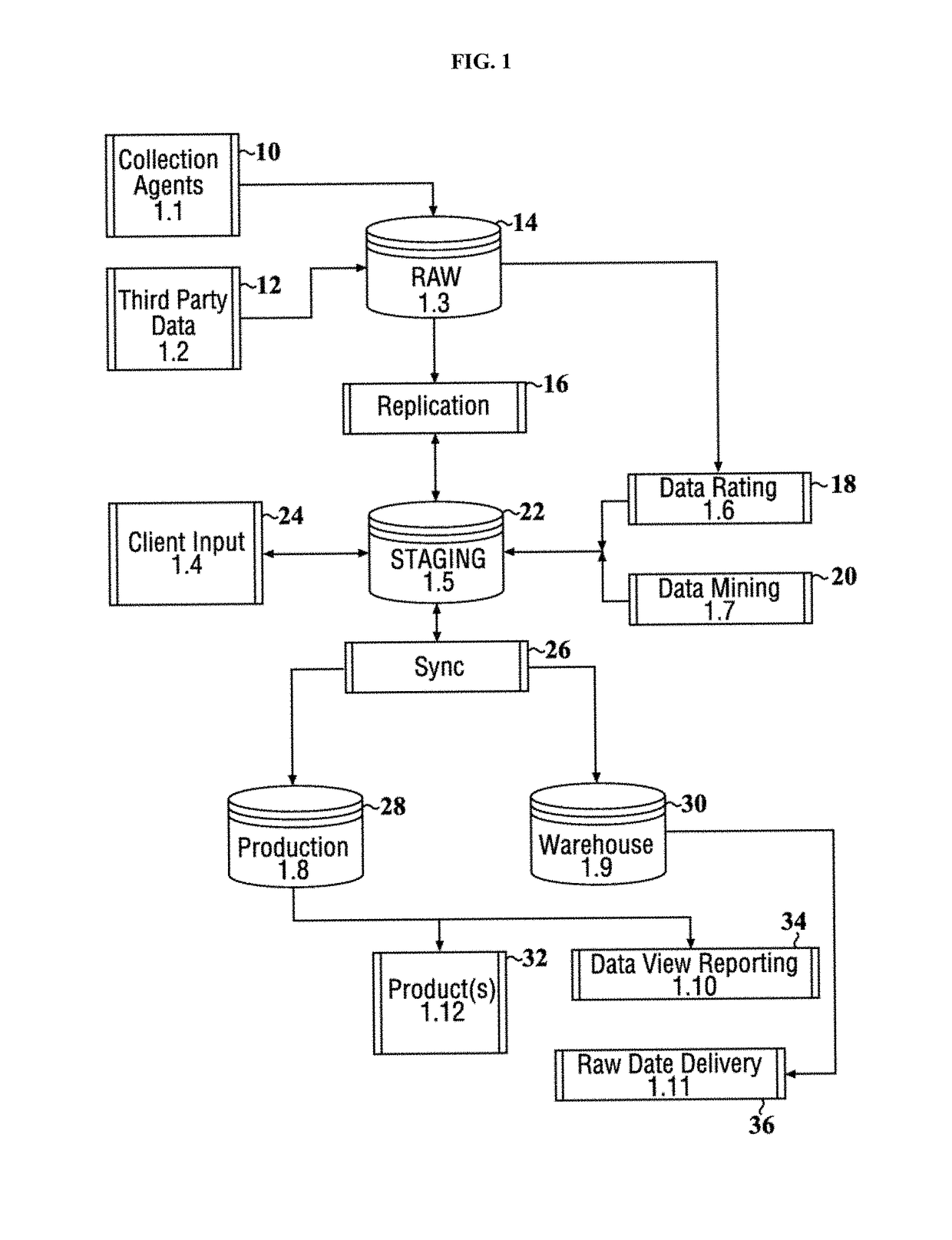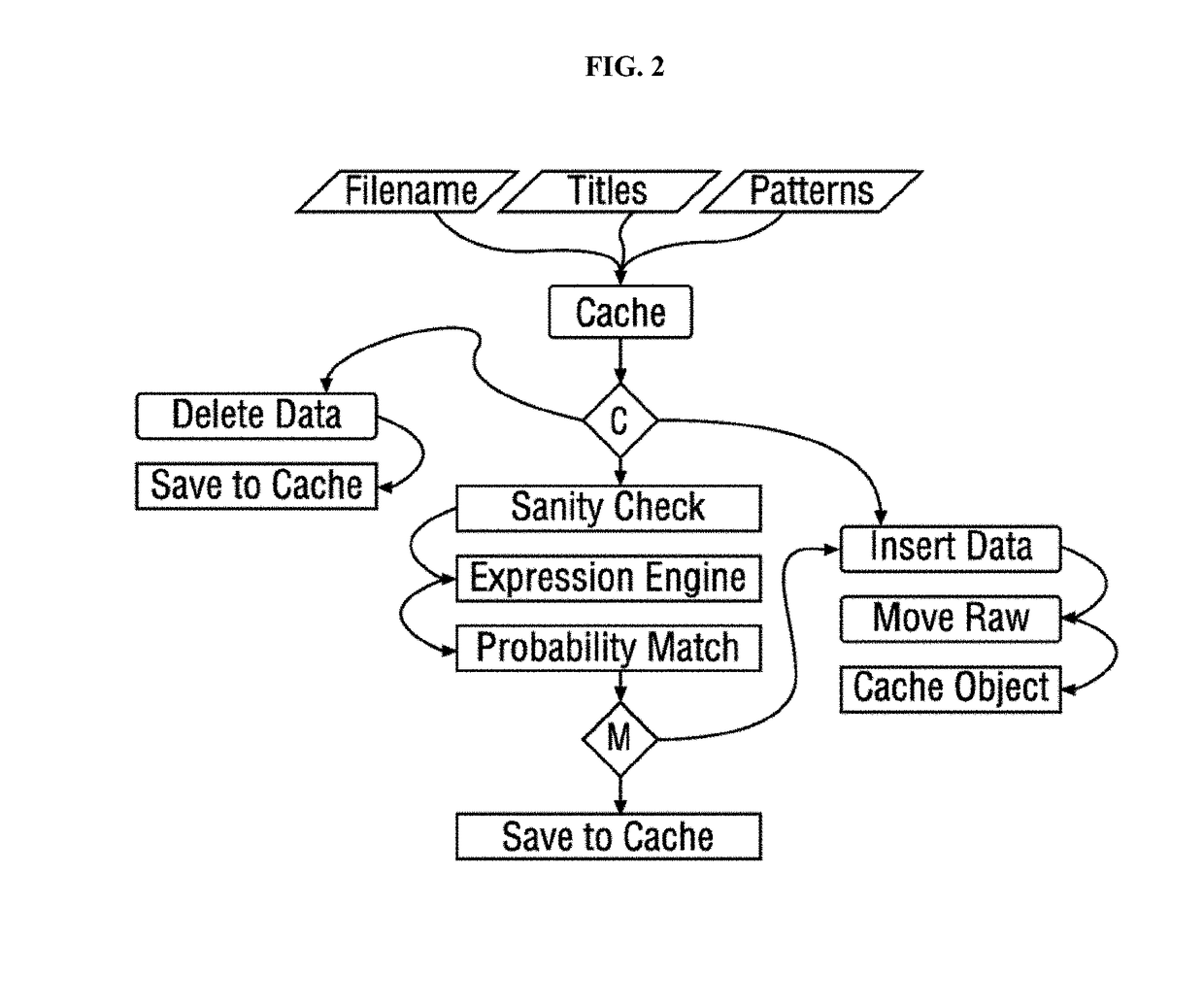Network appliance for dynamic protection from risky network activities
a network activity and network appliance technology, applied in the field of network security, can solve the problems of sophisticated security threats, inability to validate the authenticity of the sender, and unsatisfactory network activity, and achieve the effect of reducing the security risk of transactions
- Summary
- Abstract
- Description
- Claims
- Application Information
AI Technical Summary
Benefits of technology
Problems solved by technology
Method used
Image
Examples
example 1
telligence Appliance
[0196]FIG. 17 shows an example of an electronics appliance disclosed herein. The intelligence appliance was specifically designed to detect and defend against the new sophisticated threats emerging from darknets and the rest of the Internet—attacks that most existing current security infrastructure is missing.
[0197]The appliance was designed as blade server. In an embodiment, a single appliance was used to protect a local network. In another embodiment, multiple appliances were connected and stacked up to create a single, giant platform to detect and defend risky network activities.
[0198]Alternatively, multiple appliances were distributed globally as a “distant early warning” network of millions of dark sensors, honeypots, crawlers, and agents that deliver unique visibility into the Internet and the darknets, where bad actors operate. The entire platform of appliances was able to process hundreds of terabytes daily, and compute over 1,500 distinct risk factors fo...
example 2
ction Rate of Threats
[0202]The intelligence appliance was able to detect and defend against the newest, most advanced threats on the Internet—even darknets. During benchmark testing against 35 other popular commercial and open source threat intelligence offerings, at least 74% of the threats identified by the appliance were not caught by any other offering, commercial or open source.
[0203]The appliance not only identified more new threats, but also told an operator or a network manager which threats were actually worth worrying about. The appliance used an advanced artificial intelligence engine to distill thousands of risk factors on millions of IPs, live, to deliver a single, actionable risk score for any address (or range of addresses) the network manager designated. The network manager easily configured automatic actions based on the risk score for each IP. Furthermore, the appliance protected against malicious traffic—even when it's encrypted—and scaled up to even the largest n...
example 3
Coupled with Attack Intelligence Platform
[0205]The appliance included attack detection and virtualization-evading malware from the darknet that current security systems are missing. Moreover, it protected an organization from careless users clicking on dangerous links in phishing emails, risky websites, social media or instant messages. Furthermore, the appliance stopped organizational data theft via Tor or anonymous proxy. The appliance was able to filter and correlate torrents of event data from existing security systems to alert network managers to what's truly important.
[0206]Referring to FIG. 18, the appliance was able to summarize statistics of threats, malware, and virus. The appliance further utilized an “attack intelligence platform” (e.g., a network of honeypot computers, or a network of sensors) to protect against known and unknown malware, and even malware still in development. The attack intelligence platform was a global platform constantly evaluating millions of domai...
PUM
 Login to View More
Login to View More Abstract
Description
Claims
Application Information
 Login to View More
Login to View More - R&D
- Intellectual Property
- Life Sciences
- Materials
- Tech Scout
- Unparalleled Data Quality
- Higher Quality Content
- 60% Fewer Hallucinations
Browse by: Latest US Patents, China's latest patents, Technical Efficacy Thesaurus, Application Domain, Technology Topic, Popular Technical Reports.
© 2025 PatSnap. All rights reserved.Legal|Privacy policy|Modern Slavery Act Transparency Statement|Sitemap|About US| Contact US: help@patsnap.com



